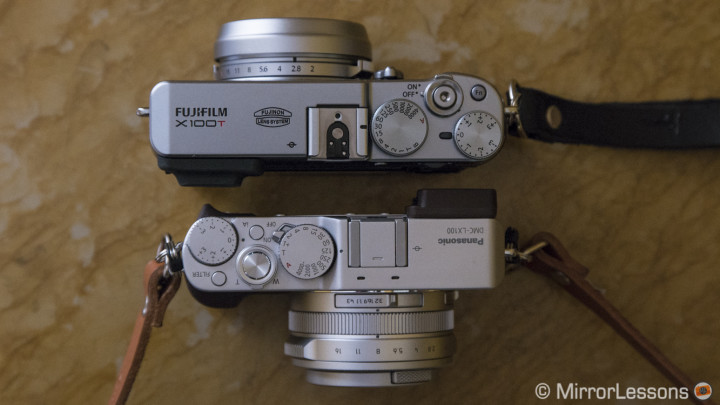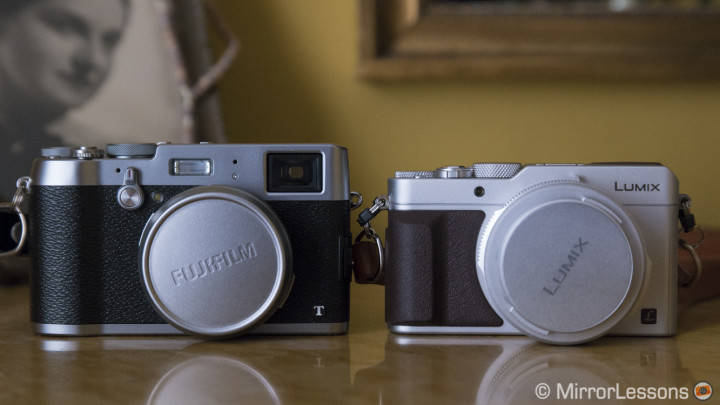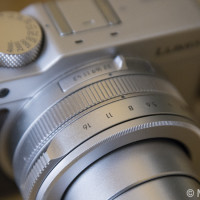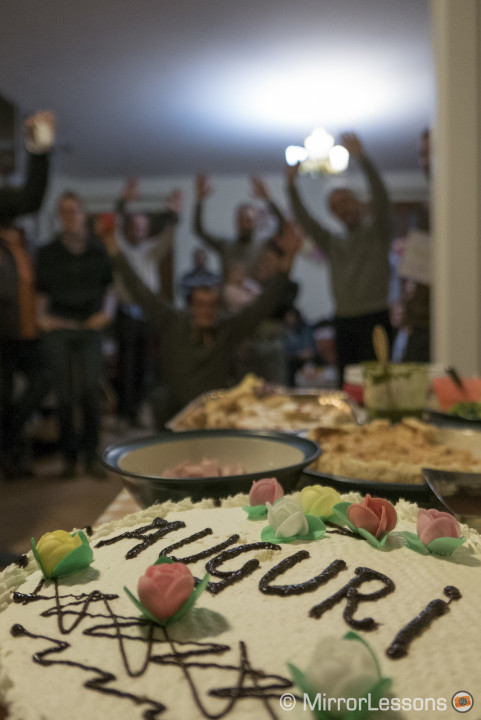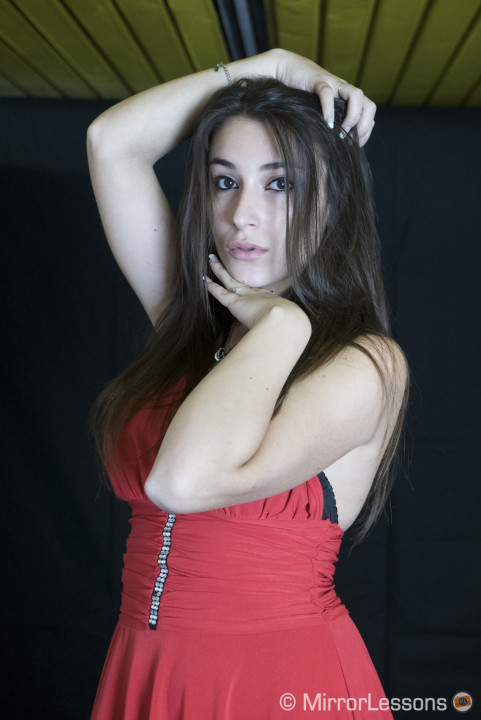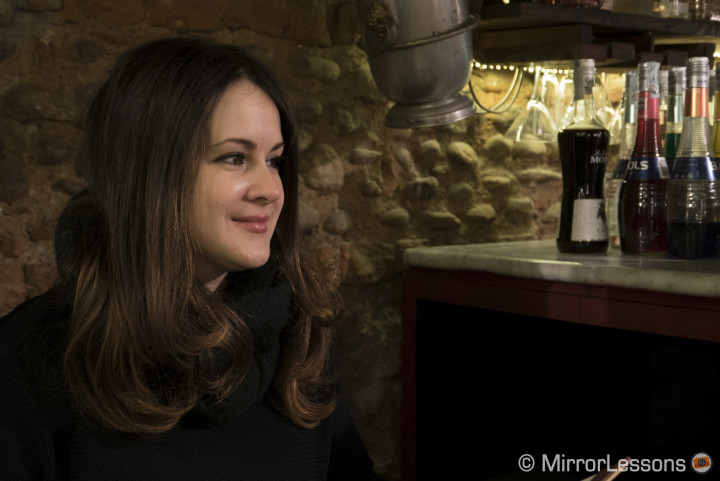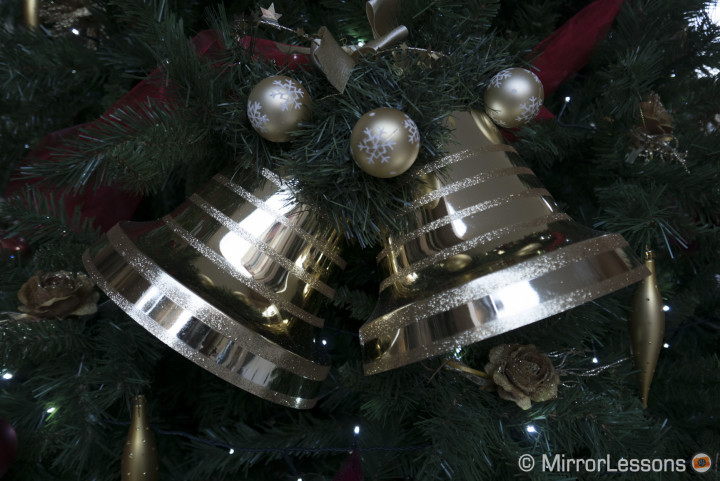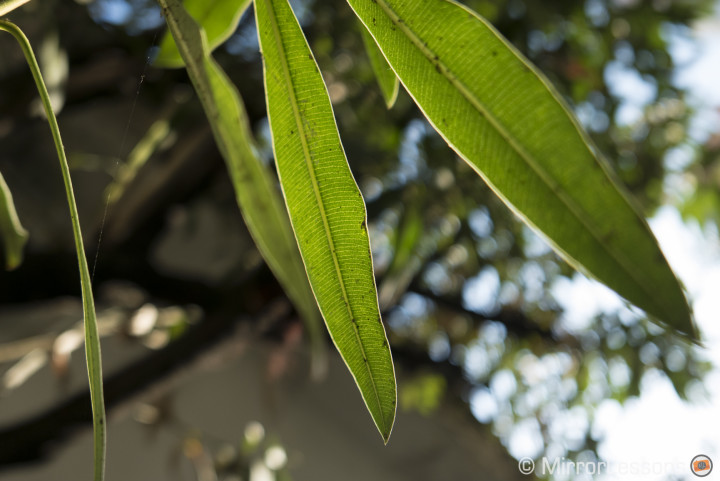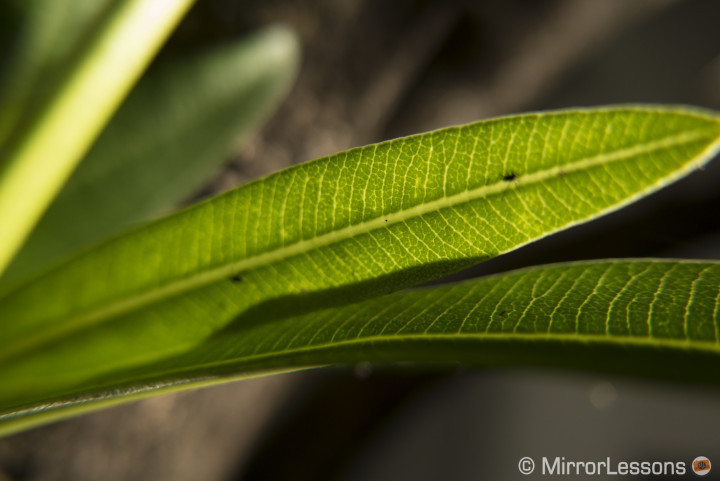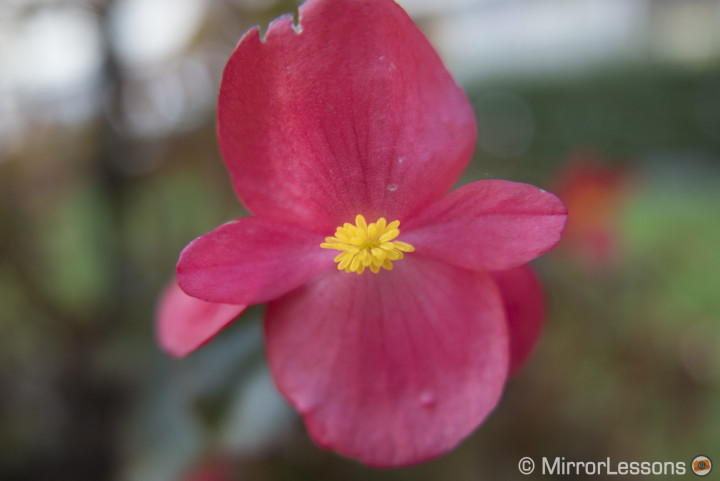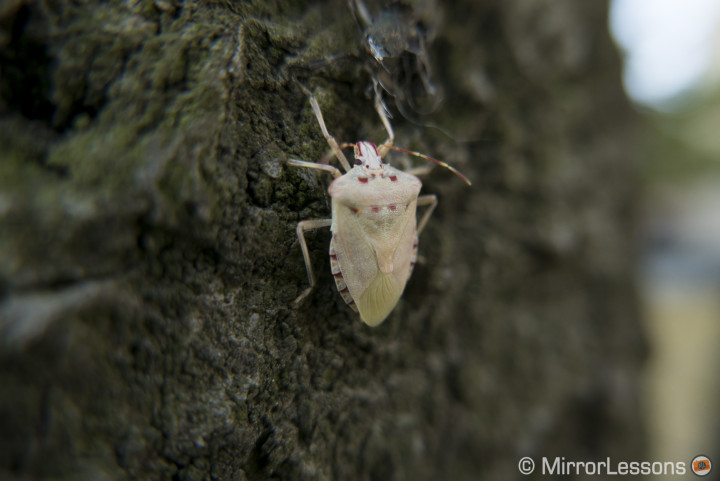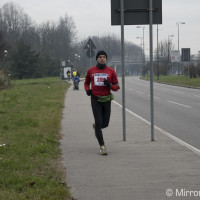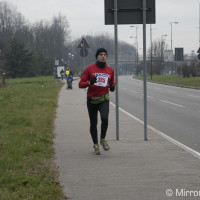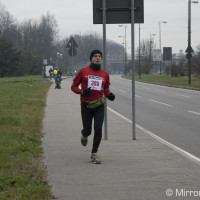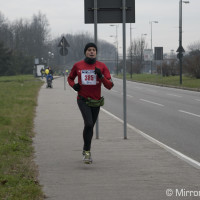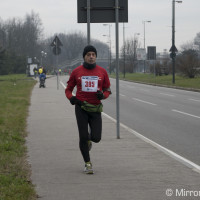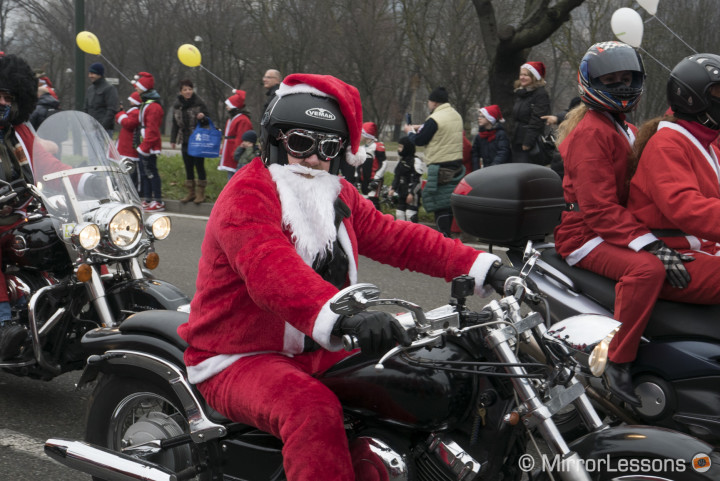The Lumix LX100 is the first premium fixed-lens compact camera from Panasonic to house a four-thirds sensor, which is twice as large than the 1” sensors found on the likes of the RX100 series and Canon G7X. This is a big step-up from the popular LX7, the LX100’s predecessor, which was released more than two years ago and whose sensor was only 1/1.7″. Of all the mirrorless cameras released this year, the LX100 has been met with some of the most excitement, not only due to its large sensor but also owing to its 24-75mm (equivalent) zoom with a fast aperture of f/1.7-2.8.
I will admit that Mathieu and I started out somehow wanting to dislike this camera even after seeing it in person at Photokina and trying it out at the Riflessi Store’s Fowa Day.
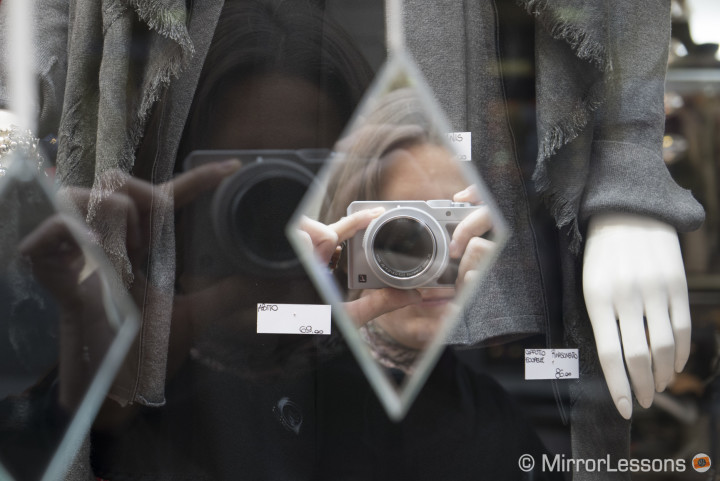
It is compact but not truly pocketable like an RX100. It has an electronic zoom instead of a manual zoom like on the X30. It looks like a camera that is trying too hard to be the X100 with its various external dials and retro design. And yet, as you’ll see in this article, it has truly grown on me over the past week that I’ve been testing it.
As is always the case with our first impressions articles, we’ll be limiting our thoughts to the functions we’ve tested so far. Since at least a month is needed to thoroughly test any product, we’ll be leaving the full review until after we return from our Christmas break in Lyon, where we’ll be putting the camera to the test in as many diverse situations as possible. In the meantime, here are our first thoughts!
Design, Handling and Ergonomics
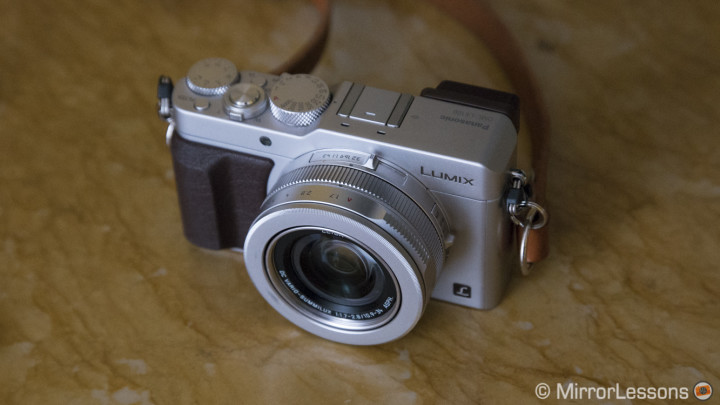
Any doubts I originally had about the LX100’s design were swept away after the first day I spent shooting with the camera. It may not be pocketable like an Sony RX100 iii or Canon G7X, but it handles incredibly well. In some ways, I actually find premium compacts like the RX100 too small and fiddly to be comfortable for regular use, whereas the LX100 fits my hand like a glove. I suppose it is a matter of compactness versus comfort, and I have to say that I tend to gravitate towards the latter.
That said, the LX100 is still more compact than most mid-range mirrorless cameras. It slides into my Porteen Gear camera bag with room to spare, and will also fit into my coat pocket. Even the Fujifilm X100t looks a little beefy when placed beside it!
“Is that a Leica?”
Speaking of design, the Lumix LX100 is what I’d call a feast for the eyes of the aesthetically hungry. The first day I took it out, I was met with a tidal wave of compliments on the attractiveness of my new camera from adults and children alike. One little girl wanted to take it home with her and another thought it was a Leica. (I’m not sure if this is a good sign, as mirrorless cameras are supposed to be discreet!) The camera comes in two versions: pure black and silver. I’m using the latter and it is definitely the more attractive of the two, especially with the plastic faux leather grip on the front.
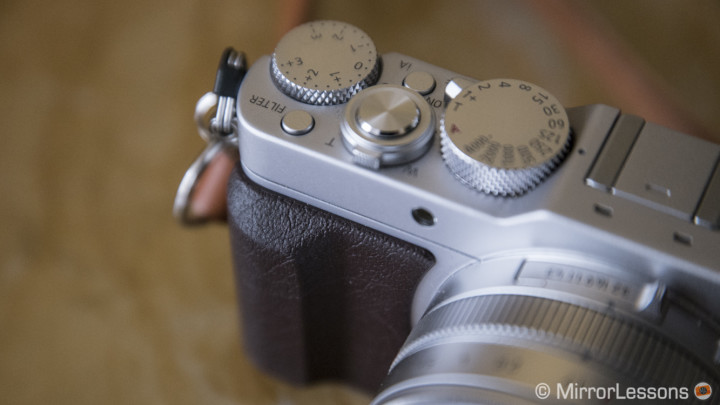
Working manually
Likewise, the dials are a pleasure to use. I like how every dial, from the exposure dial on top to the aperture dial on the lens, turns with a decisive click. It can catch a little on the A detent when you want to move from A priority to a specific aperture but otherwise, the resistance is perfect. They are even easy to turn with winter gloves on.
The buttons, too, are a good size and are satisfying to press. Instead of installing an on/off button, Panasonic went with a switch that hugs up against the shutter speed dial. It flicks back and forth with a good deal of resistance so the chance that the camera will accidentally switch on in your bag is next to none.
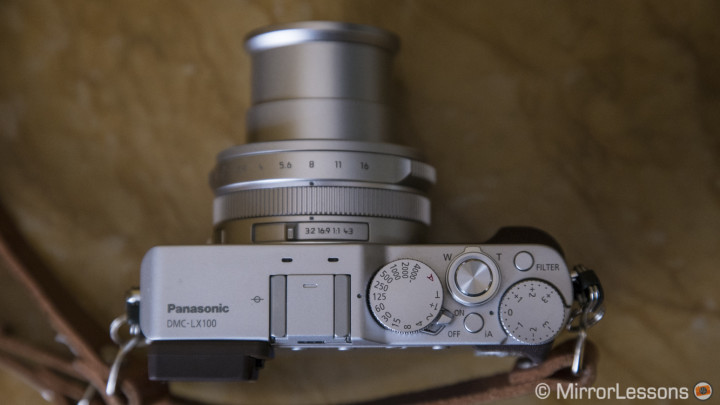
There are a few options for customisability thanks to the Fn1, 2 and 3 buttons on the rear but not as many as I’d hoped for. Specifically, the iA (intelligent auto) and Filter buttons on top would be of far more use to advanced amateurs and professionals if they were customisable as well. We can only hope that Panasonic can make these changes via a firmware update.
Something else I miss on the LX100 is the touch and tilt screen found on almost all other modern Lumix cameras. Be it a marketing strategy or a homage to traditional rangefinder cameras, I find it a shame that I can’t pick my autofocus point with the quick touch of the finger or take a shot at an awkward angle without having to contort my body into positions I never thought possible. I suppose that by removing these two features (as an excuse to keep the camera as manual as possible) the company also managed to keep the camera’s price below $1000.
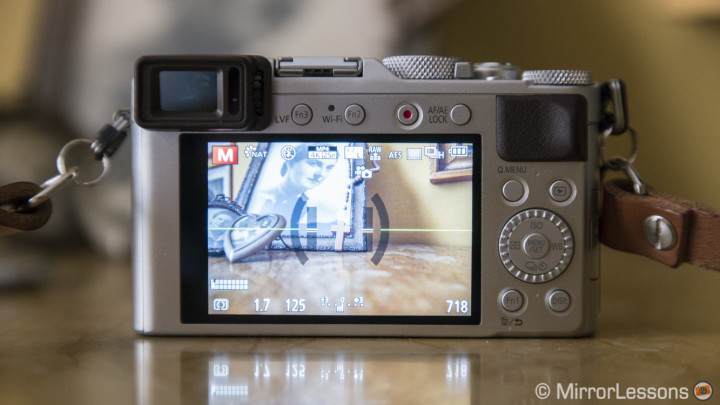
That said, the resolution of the screen and EVF is very good overall. I’ve had some trouble calibrating the diopter of the EVF as none of the settings seem to perfectly suit my vision but it isn’t a big deal–I’ve never ended up with out-of-focus images when manually focussing.
In terms of design and handling, the Lumix LX100 is perfect in almost every way. I’d like to give the designers a pat on the back if I ever get the chance to meet them!
Image Quality
Is 12MP enough?
The Lumix LX100 actually has the same 16MP sensor found on the GX7, but the catch is that the camera uses a lower megapixel count (between 12 and 9MP) depending on the selected aspect ratio. The lens doesn’t cover the whole surface of the sensor so while the sensor is indeed a four-thirds sensor, the effective area being used by the camera is always cropped for multi-aspect shooting and that results in having the same diagonal angle of view for any given ratio. You can change the aspect ratio on the barrel of the lens via a sliding switch, with the four options being 4:3, 16:9, 1:1 and 4:3.
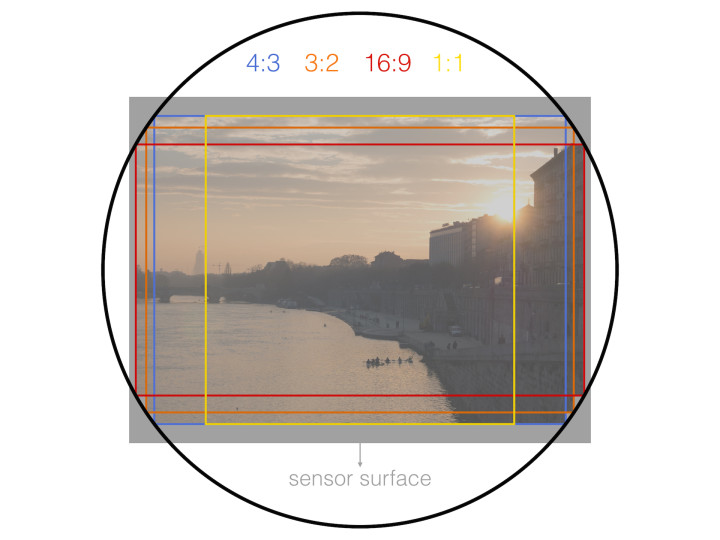
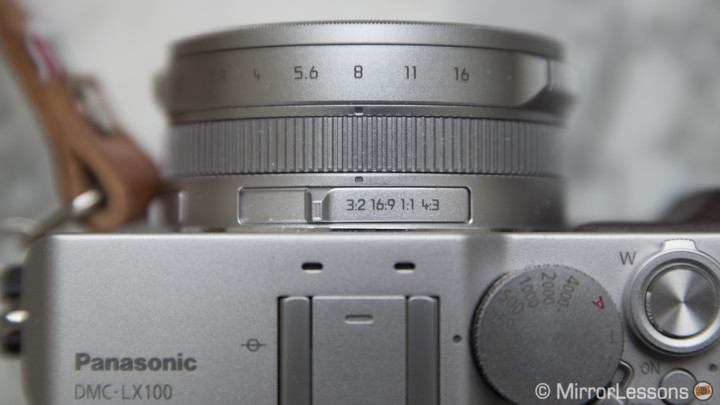
A few years ago, professional photographers were regularly using cameras with 12MP resolution, sharing these images with clients, and printing them for professional use, but it is also true that 16MP is now the standard resolution of many mirrorless cameras including Micro Four Thirds and the Fuji X series.
That said, the difference between 16MP and 12MP is negligible for potential users of the LX100. In my experience so far, the resolution of my images has been more than enough. As for printing, Eric Cote of Mirrorless Journey recently ran off a number of images taken with his LX100 at 12” x 16” and his feeling is that the quality is very good.
Dynamic range, high ISO and colours
Despite the difference in resolution and the fact that the LX100 doesn’t use the whole sensor surface, I haven’t found any significant difference in image quality with the GX7, with which the LX100 shares the same sensor. The main point I’d like to communicate is that the image quality is exactly what you’d expect from a modern Micro Four Thirds sensor: great dynamic range with more flexibility in the shadows than in the highlights, very good high ISO performance up to 1600 (3200 if absolutely necessary), and natural-looking JPGs with a coolish tint.
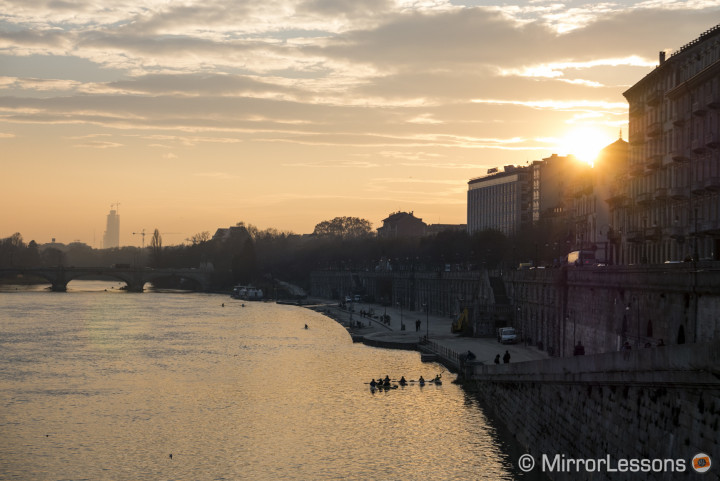
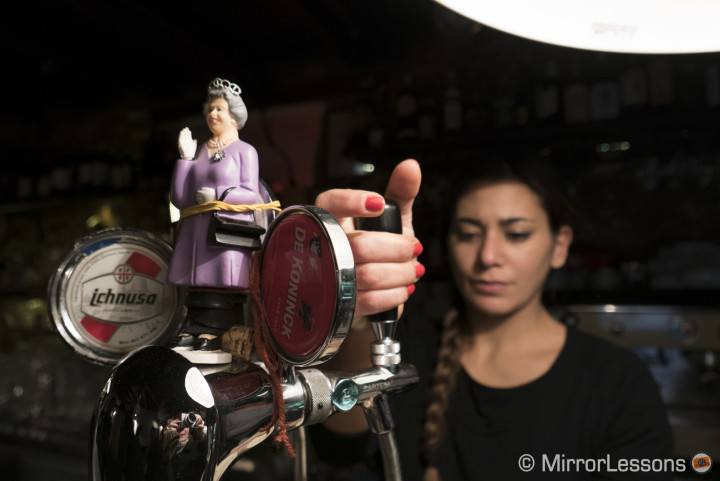
A really helpful new feature, especially for those who don’t post-process on the computer, is the RAW Processing option in the Playback menu. It can be found only on the most recent Lumix cameras like the GH4 and allows you to adjust a number of settings as varied as white balance, exposure, dynamic range, photo style, contrast, highlights, shadows and more. I tried it on a couple of images and found it straightforward to use, though it would not easily replace an advanced program like Lightroom.
24-75mm f/1.7-2.8 Zoom Lens
A love-hate relationship
I’ll be talking much more about the Leica-branded 24-75mm lens in my full review as there are quite a few aspects I’d still like to test more thoroughly including flare, sharpness and out-of-focus rendering, but for the time being I have very few complaints as far as quality is concerned. The fairly broad yet standard focal range combined with the very fast aperture makes it good for many kinds of photography including landscape, portrait, street and macro. Sharpness is good at f/1.7 and at close distances the lens seems to produce a pleasant bokeh and out-of-focus areas. It is also impressive how Panasonic managed to pair such a compact zoom with such a large sensor.
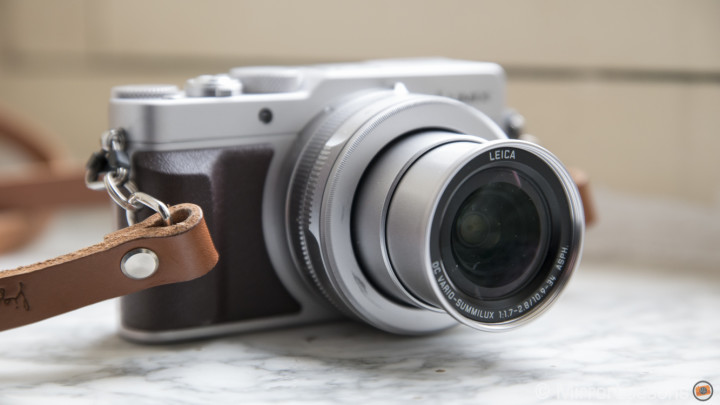
I do wish they had included a lens hood with the LX100 as the glass is quite vulnerable to scratching when the lens cap is off. In truth, I’m not completely at ease even when the lens cap is on because it has popped off twice so far: once when my arm brushed against the release points, and a second time when I took it out of my camera bag. So far, I’ve only seen one third party hood being sold online for the LX100 but hopefully this will change soon.
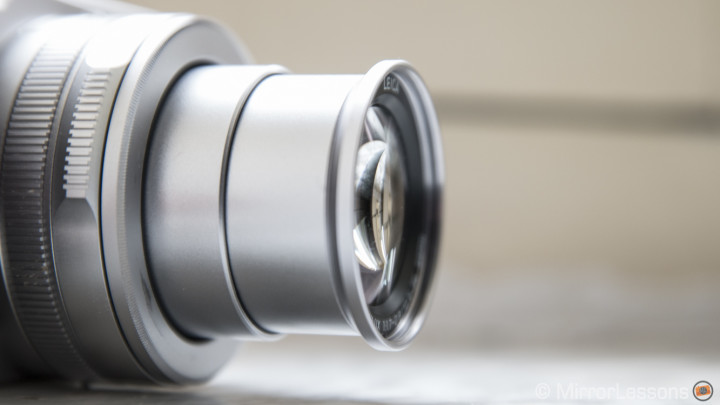
The aspect I like the least about the LX100 is also related to the zoom. Instead of opting for a manual zoom like the one on the Fujifilm X30, Panasonic went with an electronic zoom similar to those on low-end compacts. Not only is it slow to react but it also comes across as incongruous with all the other purely manual functions on the LX100 body.
Thankfully, there is a function called Step Zoom in the menu that improves the usability of the lens. In essence, it allows you to hop back and forth between a set list of common focal lengths with one flick of the zoom lever. In this way, you can avoid haphazard zooming and ending up a couple of values off your desired focal length.
I also like to pick one focal length and pretend that the camera has a fixed focal length lens–doing so allows me to focus more on my composition and subject.
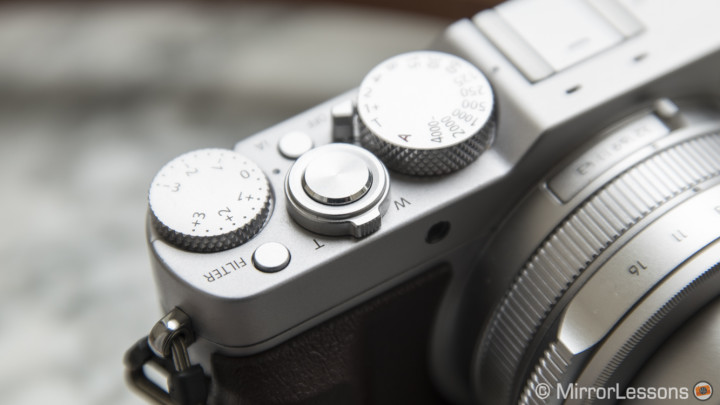
Autofocus Performance
The autofocus of the Lumix LX100 is the one characteristic I’ve been able to test the most so far. This is because two marathons were held over the weekend: one, a serious marathon for regular runners, and the other, a Santa Claus charity marathon for our local sick kids’ hospital. Additionally, there was a Santa motorbike parade held after the marathons had finished, giving us extra material to work with!
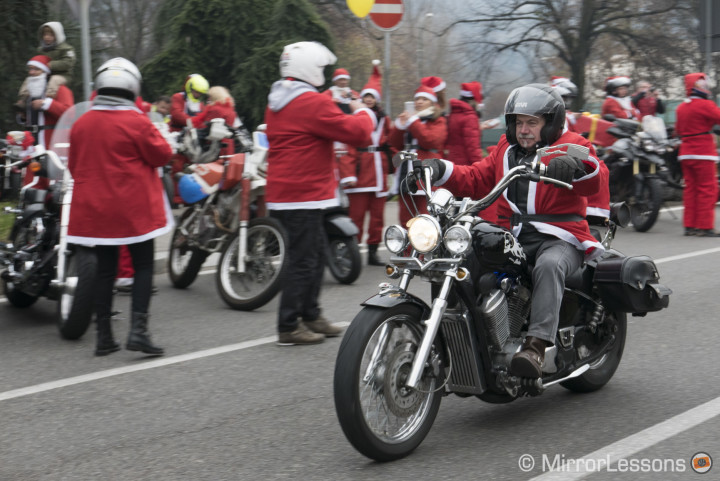
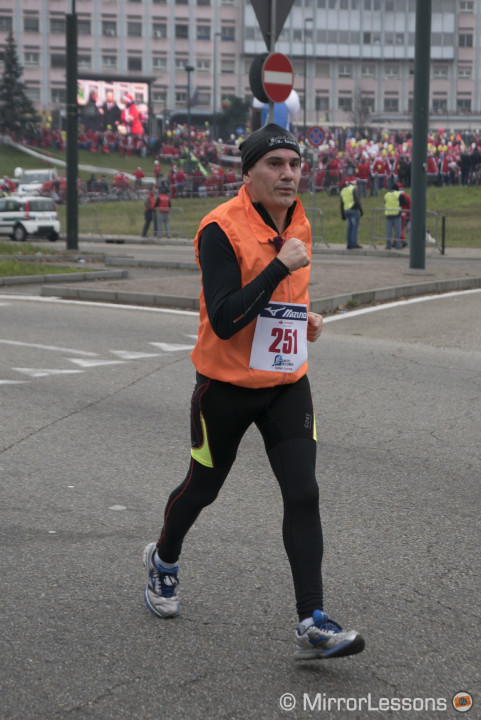
Lumix cameras are well-known for their high-performing autofocus capabilities. My experience using the Lumix GX7 at a contemporary dance performance a year ago, for instance, was more than positive, and the GH4 is widely considered one of the highest performers on the mirrorless market in terms of continuous autofocus and tracking.

The great thing about the LX100 is that it has inherited the GH4’s DFD (depth from defocus) technology, meaning that it is both fast and accurate. With subjects coming directly towards me and at an angle during the marathon, I rarely missed a shot with the camera set to continuous AF, high burst and tracking. The same applied when I switched tracking to Custom Multi and 49-Area.
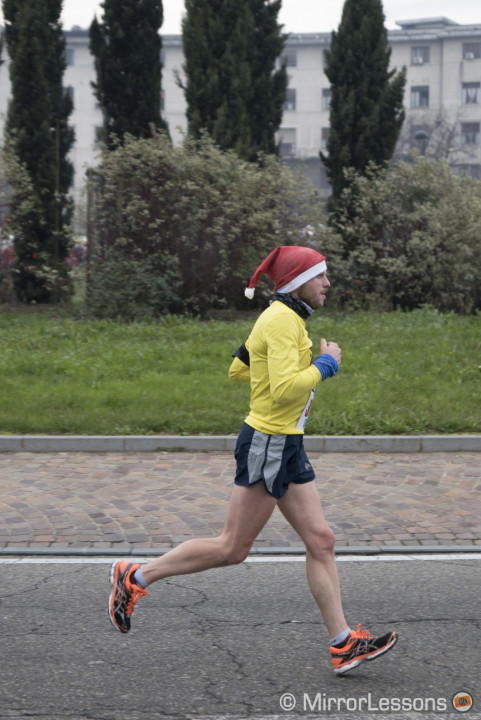
Even when it did miss a few shots, I was impressed by how LX100 managed to regain focus. In the series of images below, you can see that it temporarily loses the focus on the runner a couple of times, only to get it back after one or two frames.
With the burst rate set to High, you can take 100 shots in a row with the image quality set to Fine or Standard JPG. The buffer rarely fills up when you shoot in JPG format. When you switch to RAW and JPG, however, this drops to around 22 shots and the buffer fills up much more rapidly. After taking the 22 shots, it takes about 15 seconds before the buffer is ready to work at full capacity once again. This doesn’t mean you cannot shoot in the meantime but the frame rate will slow down significantly. For this kind of action shooting, I would recommend that you stick with fine JPGs anyway as you don’t want your computer to be overrun with thousands of heavy RAW files.

Single point single AF shooting was nothing short of flawless–no surprises here!
The only problem I encountered happened about ten minutes into shooting in burst mode with C-AF and tracking: the tracking suddenly stopped working and a few minutes later, the camera froze. The only way to reboot the system was to remove the battery. I will be curious to see if this was an isolated event or if it happens frequently with burst shooting.
Conclusion
Is the LX100 a worthy premium compact?
I’ll admit that I’ve eaten my words since the Lumix LX100 came into our possession. It really is a great little compact camera, and I feel like I’ve only just scratched the surface of its potential. While these are just my first impressions, in the full review we’ll be trying out the 4K video, 8MP still from 4K, the WiFi functions, 1/16000 shutter speed and much more. Our trip to Lyon can’t come soon enough!

Do remember that if you have any questions about the LX100, leave them in the comments section below and Mathieu and I will do our very best to answer them.

